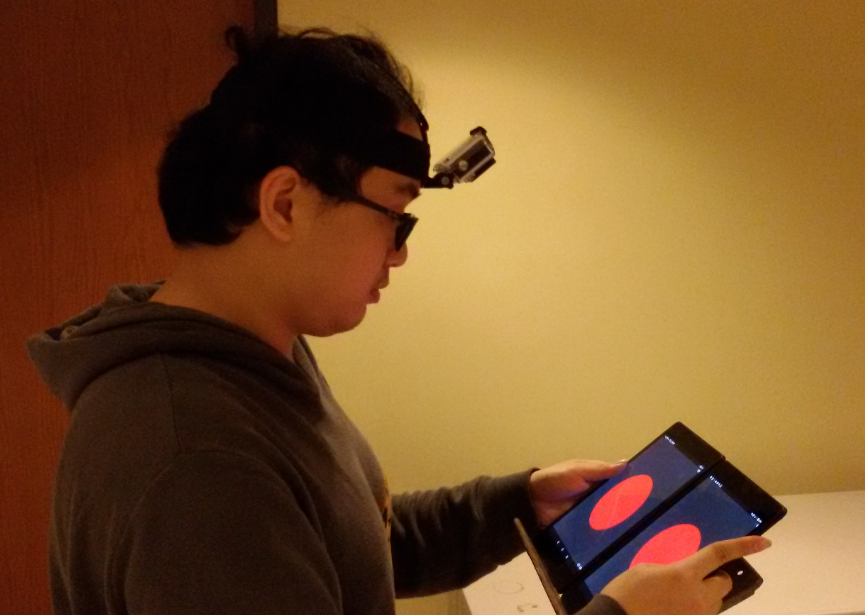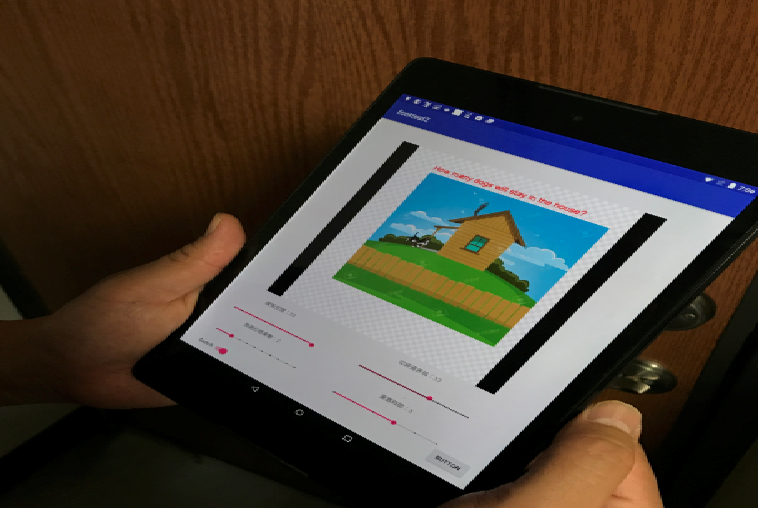| Technical Name | Image Display Method for a Portable Display Device | ||
|---|---|---|---|
| Project Operator | Chang Gung University | ||
| Summary | In this invention patent, we propose an anti-shake technique for mobile display. This technique will reduce the burden of vision and thus comfort the mobile device users. The proposed technique consists of three pipelined parts, i.e., the motion analysis, the motion prediction and the motion compensation components. The first component analyzes accelerometer and/or camera data to estimate the displacement of the mobile device. The second component then uses system modeling methods to predict the next displacement vector. Finally, the third component adjusts the position of the display zone to compensate for vibrations. This invention uses system modeling methods to trace the vibration of the handheld device and thus can precisely predict and compensate for the displacements when the user operates the device in a moving environment. As for the user interface of this technique, we provide three parameters to set up the anti-shake mechanism, i.e., the border space "b", the offset bound "d", the scale factor "c" and the suspending time "t". Parameter b indicates a buffer distance from the edge of the screen to the active zone for display. If b is assigned zero, the active zone will move without buffers. Parameter d is the upper bound of compensation moves. This value is usually equal to or greater than the border space. If the move is predicted to be greater than d, the display area returns to the center of the screen. The anti-shake mechanism can thus return to the initial state in extremely disordered cases, including those in which the users forcefully shake their devices. Parameter c is a scale factor, which allows the users to adjust the scale for each compensation move. Finally, parameter t introduces a period not to start the compensation process, although the first two components still work on estimating and predicting the displacement values. The timer will be reset and the active zone will return to the center of the screen whenever the screen is touched or the device is shaken causing the predicted displacement more than a threshold. This way the user can interact with the mobile device as usual. |
||
| Scientific Breakthrough | 行動通訊器材對人類視覺往往能造成最直接的傷害,對比行動通訊蓬勃發展的近幾年,全球視力不良比例居高不下,根據專家學者的追蹤,兩者有密切的關連。即使不論及視力傷害,行動通訊對於使用者(俗稱:低頭族)也會造成動暈症或暫時性視力降低、眼框脹痛等不適感,醫師指出這些症狀主要是因為使用期間的螢幕晃動所引起,因其容易導致眼耳等感官神經的平衡系統失調,或是動眼肌的非正常使用。因此我們有必要發展此項行動裝置顯示器的減震技術。 |
||
| Industrial Applicability | 行動通訊裝置(包括智慧型手機與平板電腦等)的使用者如果在非靜止的狀態下目視顯示器,將會造成動暈症、眼睛疲勞、甚至是視力的傷害。這些非靜止的使用狀態,包括慢速步行、搭乘火車、搭乘捷運、搭乘市區公車、搭乘山區公車、搭乘船舶、或長時間手持使用等各種不同情境,而使用者卻經常必須、或不自覺的在這種不健康的環境下操作行動裝置。為解決這項在知識經濟時代所發生的問題,本發明提出一項行動通訊裝置的顯示減震技術,讓使用者在操作手持行動裝置時,有更舒適的視覺感受,可以減緩動暈症、眼睛疲勞、甚至視力傷害的發生。 |
||
other people also saw







